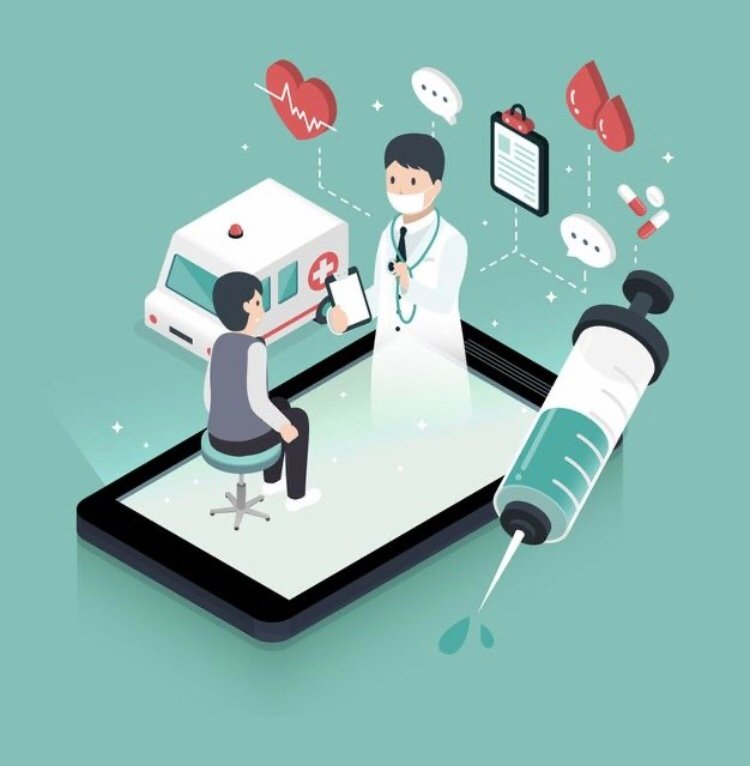Delve into the revolution of healthcare with the advent of telemedicine, a method redefining patient-doctor interactions through remote care. Explore the myriad benefits for both patients and healthcare providers, from convenience and accessibility to the unique advantages it offers in specialized consultations and mental health assessments.
Telemedicine, the practice of delivering medical care remotely, has emerged as a transformative force in the healthcare landscape. Typically conducted through video chat, it offers a host of advantages for both patients and healthcare providers, ushering in a new era of convenient and accessible healthcare.
In primary care, telemedicine primarily takes the form of phone calls, enabling patients to seek advice from doctors on non-emergency medical issues. It doesn’t replace face-to-face consultations but rather complements them. The convenience of virtual consultations allows patients to connect with healthcare professionals, receive diagnoses, and obtain treatment recommendations without the need for a physical presence.
Telemedicine isn’t confined to video conferencing; it spans various channels, including phone calls, emails, and online communication tools. Its applications are extensive, covering routine check-ups, mental health consultations, and specialist advice. The true essence lies in its ability to provide convenience to patients and practitioners, eliminating the need for a physical visit and proving to be cost-effective compared to traditional healthcare services.
The popularity of telemedicine has surged, especially in remote areas and during the COVID-19 pandemic. Offering a secure avenue for medical care without the risk of virus exposure, telemedicine has become a lifeline for many. It ensures patients receive necessary care while adhering to safety measures, showcasing its vital role in ensuring healthcare continuity during challenging times.

Telemedicine isn’t just for urgent matters; it plays a crucial role in managing chronic diseases like diabetes, high cholesterol, or high blood pressure. Patients in need of dosage adjustments, lifestyle guidance, prescription refills, or group support find the convenience of telemedicine invaluable. The flexibility of arranging consultations following laboratory investigations or vital sign monitoring adds an extra layer of convenience.
Telemedicine extends beyond the scope of primary care, offering specialists a unique advantage. For instance, allergists can identify environmental triggers in a patient’s home, while neurologists and therapists can observe and assess patients in their home environment. Mental health assessments and counseling are seamlessly integrated into this digital healthcare landscape.
Regular visits to primary care practitioners are crucial for family health. Telemedicine simplifies this process, providing an easy and efficient way to connect with doctors or nurse practitioners. Some systems streamline the appointment process, ensuring new patients can swiftly access the next available practitioner, saving valuable time.
Telemedicine marks a paradigm shift in healthcare, providing a blend of convenience, accessibility, and specialized care. As technology continues to advance, the future promises an even more seamless integration of telemedicine into the healthcare fabric, ensuring that quality medical care remains within reach for all.





